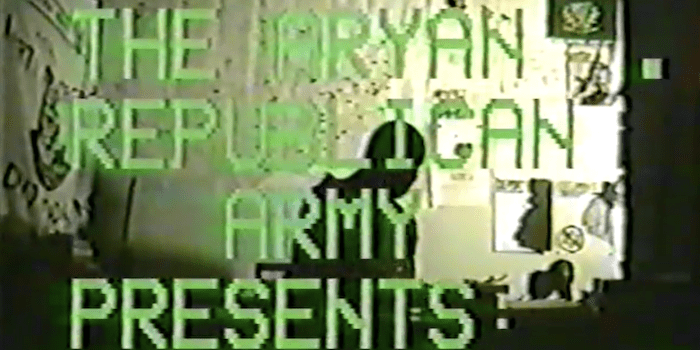The so-called multiplier arises as a result of the fact that banks are legally permitted to use money that is placed in demand deposits. Banks treat this type of money as if it was loaned to them, thus loaning it out while simultaneously allowing depositors to spend that money.
RELATED: “Austrians, Fractional Reserves, and the Money Multiplier” by Robert Batemarco
For example, if John places $100 in demand deposit at Bank One he doesn’t relinquish his claim over the deposited $100. He has unlimited claim against his $100.
However, let us also say that Bank One lends $50 to Mike. By lending Mike $50, the bank creates a deposit for $50 that Mike can now use. Remember that John still has a claim against $100 while Mike has now a claim against $50.
This type of lending is what fractional-reserve banking is all about. The bank has $100 in cash against claims, or deposits of $150. The bank therefore holds 66.7 percent reserves against demand deposits. The bank has created $50 out of “thin air” since these $50 are not supported by any genuine money.
Now Mike uses that $50 to buy goods from Tom and pays Tom by check. Tom places the check with his bank, Bank B. After clearing the check, Bank B will have an increase in cash of $50, which it may take advantage of, and lends say $25 to Bob.
As one can see, the fact that banks make use of demand deposits whilst the holders of deposits did not relinquish their claims sets in motion the money multiplier.
A case could be made that people who place their money in demand deposits do not mind banks using their money. But, if an individual grants a bank permission to lend out his money, he cannot at the same time also expect to be able to use that money.
Regardless of people’s psychological disposition what matters here is that individuals did not relinquish their claim on deposited money that is being also lent out. Once banks use the deposited money, an expansion of money out of “thin air” is set in motion.











